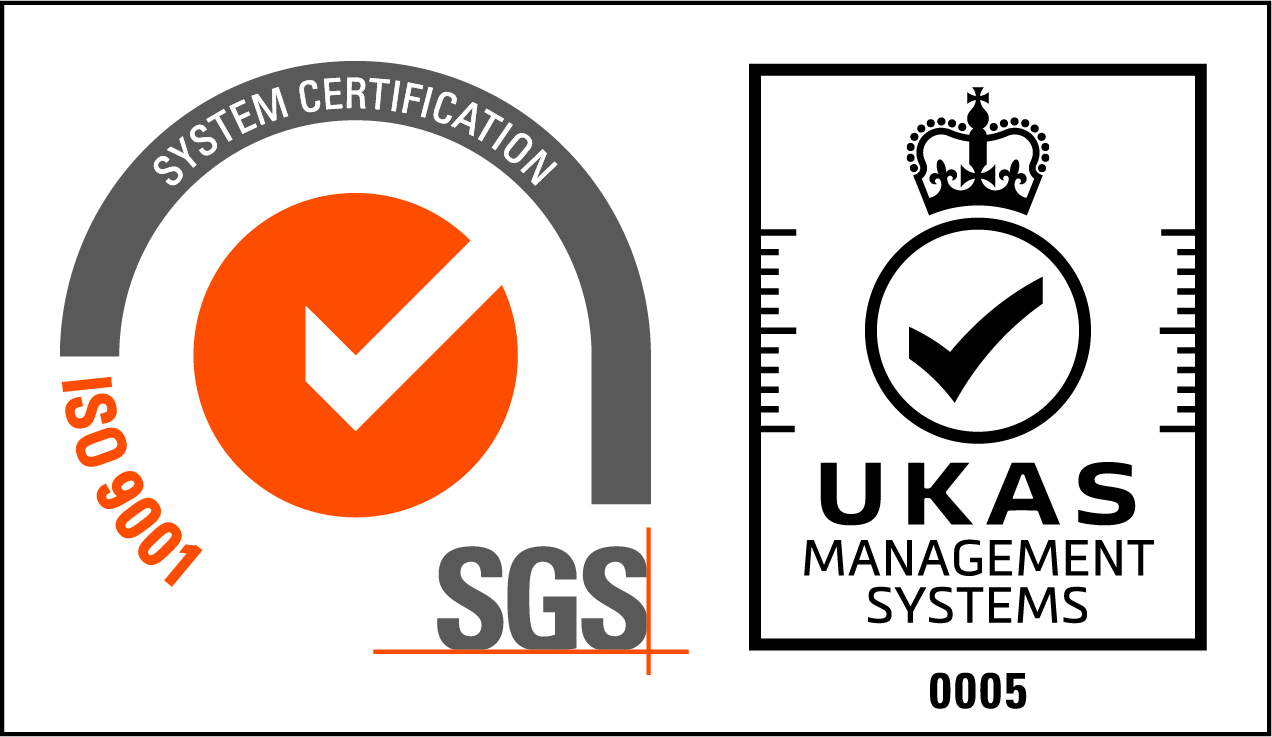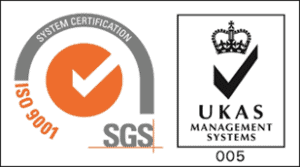What is Lock-Out?
Lock-out is the use of a lock to render machinery or equipment inoperable or to isolate and energy source. The purpose is to establish ‘zero energy’. This is where all sources of energy including electrical, pneumatic, hydraulic, mechanical and stored energy are isolated so that they pose no danger. The purpose of zero energy and lockout is to prevent the release of an energy source that could activate moving parts on equipment or machinery.
The Importance of Lock-Out and Tag Practices
The purpose of a lock-out is to prevent injuries caused by a machine starting up or moving unexpectedly. These procedures must be followed every time a machine is going to be cleaned, maintained, adjusted or repaired.
Whether you are clearing a jam, replacing bearings or making a repair, safef and effective lock-out practices will protect your life. Always follow the exact lock-out procedure for the machine you work on and do not take chances!
Isolation by Lock-Out Procedures
According to the HSENI you should follow these basic steps in the order they appear – performing only the steps that apply to the machine you are locking out.
- Step 1– Turn off the machine at the operator’s control panel;
- Step 2 – Lock the panel and put the key in a safe place;
- Step 3 – Shut off the power at the main power isolator;
- Step 4 – Put your padlock on the main power isolator and keep the key to make sure no-one can remove your lock and turn the power back on. There should only be one key in use for each lock;
- Step 5 – Place a tag on your lock that identifies you (by your name, picture or number), as well as the date and time you locked it out;
- Step 6 – Release stored energy from the system. Depending on the type of machine, there may still be several kinds of energy left after the power is turned off. The written lock-out procedure should have a complete list of all these secondary energy sources. Secondary energy sources may be hydraulic (fluid under pressure), pneumatic (air under pressure), kinetic (force of moving parts) or potential (force contained in weights that have been raised). The machine should now have no energy left in it;
- Step 7 – Try to start the machine to make sure that the power is off. (Do not forget to push the stop button again). Bottom line: Lock-Tag-Try. After the work is done;
- Step 8 – Secure the work area by replacing guards and shields, removing blocks, picking up tools and inspecting the work area;
- Step 9 – Take your lock and tag off the main power isolator;
- Step 10 – Is there are no other locks on the main power isolator, warn others before you turn on the power;
- Step 11 – Unlock the operator’s control panel;
- Step 12 – Warn others before starting the machine;
- Step 13 – Start the machine and continue with your work.
Disclaimer
Quadra assumes no responsibility or liability for any injury, loss or damage incurred as a result of any use or reliance upon the information and material contained within this memorandum. Quadra has taken considerable care in preparing information and materials which is contained here however, Quadra is unable to provide any warranty concerning the accuracy or completeness of any information contained herein.






